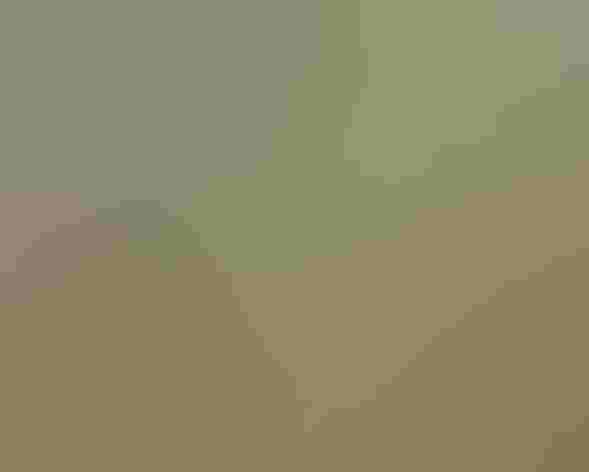Bicknell’s Thrush
At a Glance
Extremely similar to the Gray-cheeked Thrush, this bird was only recently recognized as a distinct species. It has a limited summer range in the northeast, from upstate New York to Nova Scotia and Quebec, where it nests in short, stunted conifers near the tops of mountains and in dense second-growth woods with many young conifers. Gray-cheeked and Bicknell's thrushes have slightly different songs and different callnotes in flight, but differences in their behavior have not been thoroughly studied. They have separate wintering areas: Bicknell's migrates south to the West Indies, especially the island of Hispaniola, while the Gray-cheeked goes on to South America. With its very limited range, Bicknell's Thrush merits close study and attention from conservationists.
All bird guide text and rangemaps adapted from Lives of North American Birds by Kenn Kaufman© 1996, used by permission of Houghton Mifflin Harcourt Publishing Company. All rights reserved.
Category
Perching Birds, Thrushes
IUCN Status
Vulnerable
Habitat
Forests and Woodlands
Region
Florida, Mid Atlantic, New England, Southeast
Behavior
Direct Flight
Population
110.000
Range & Identification
Migration & Range Maps
Description
7 1/2". Very similar to Gray-cheeked Thrush but tends to have more yellow on lower mandible, more chestnut tinge on tail. Best identified by summer range and voice.
Size
About the size of a Robin, About the size of a Sparrow
Color
Brown, Gray, White
Wing Shape
Pointed
Tail Shape
Notched, Rounded, Square-tipped
Songs and Calls
Song: nasal, rising at end: whee-wheeoo-ti-ti-whee. Call: down-slurred whee-ah.
Call Pattern
Falling, Undulating
Call Type
Buzz, Flute, Trill, Whistle
Sign up for Audubon's newsletter to learn more about birds like the Bicknell's Thrush






